September 1st 2023
England

Traveler: Kellen Krause
Destination: England
The variety found within the various traditional languages of England still holds relevance to Kellen Krause, who gained strong appreciation for the eclectic buildings while on a recent trip to the history-rich country.
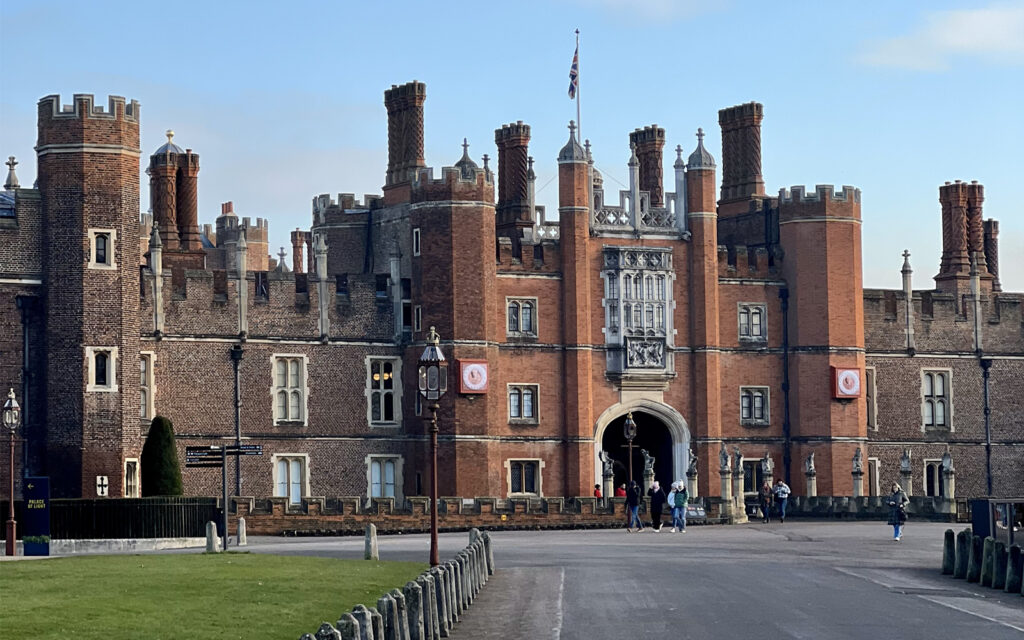
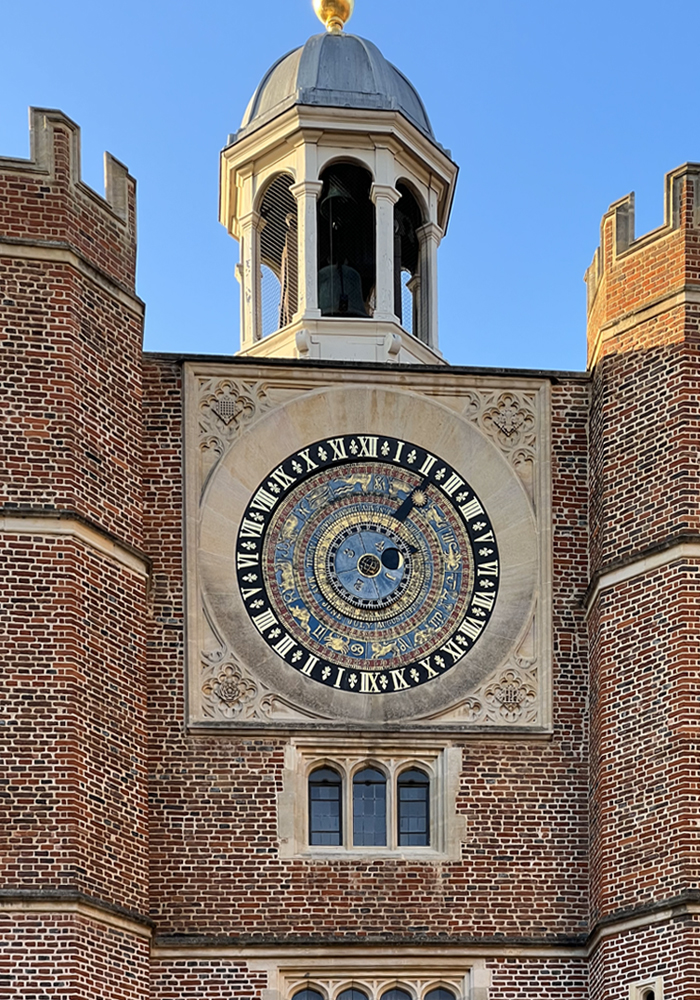
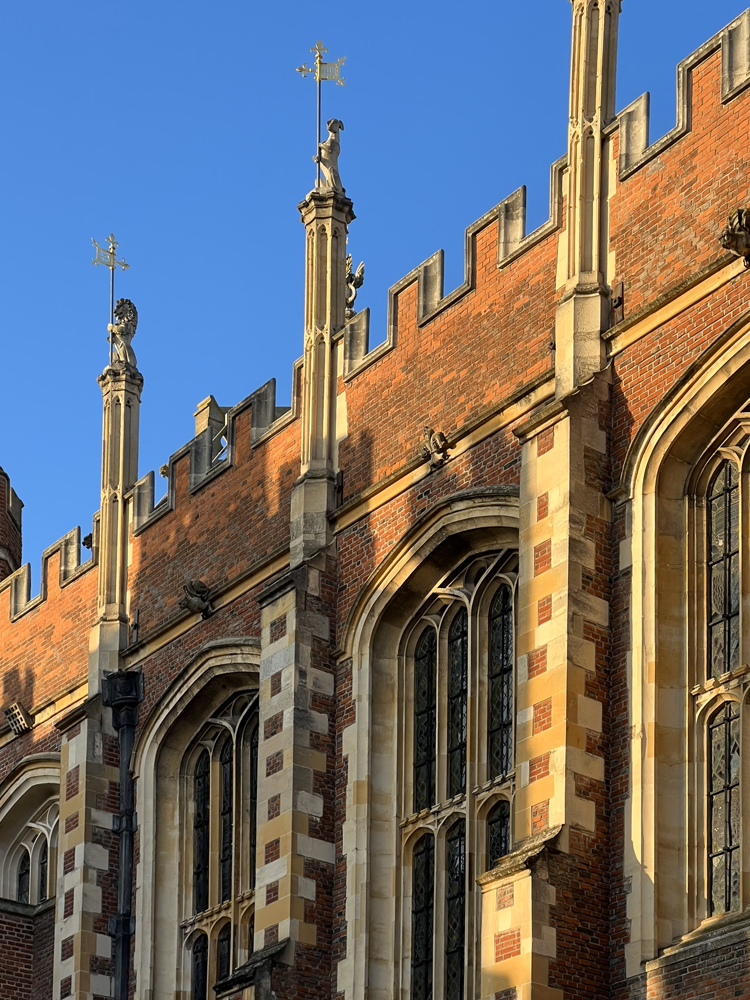
Hampton Court (southwest of London on the River Thames) has an incredible history. It was built by Thomas Cardinal Wolsey as his own early 16th century palace and was transformed into King Henry VIII’s eventual getaway. King Henry expanded the stunning chapel and added opulent state apartments.
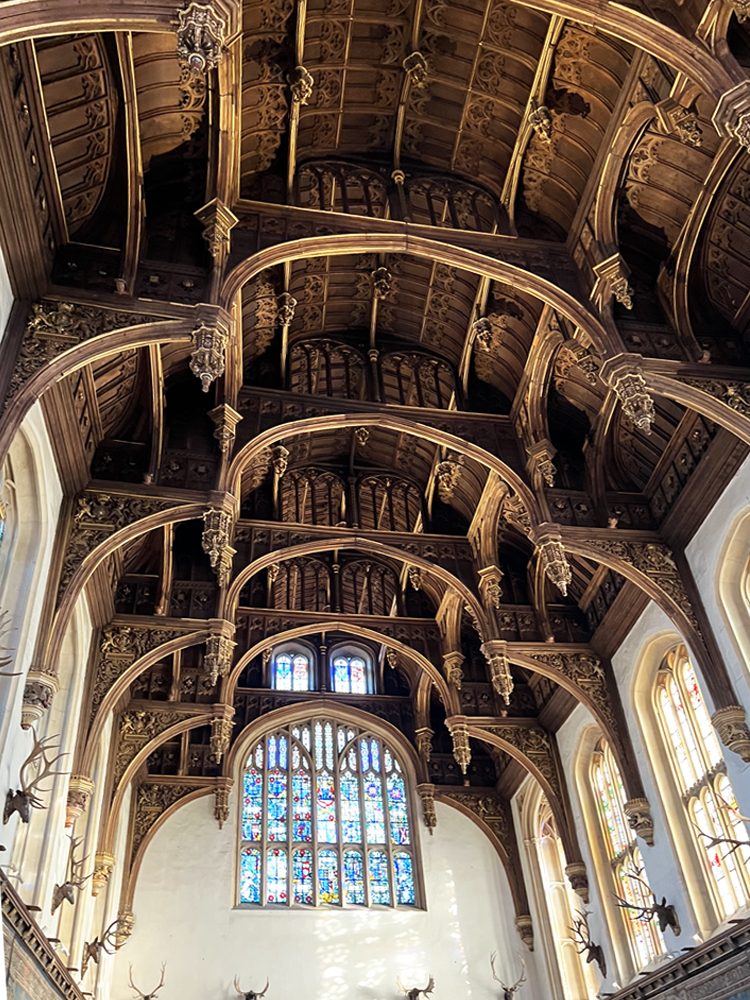
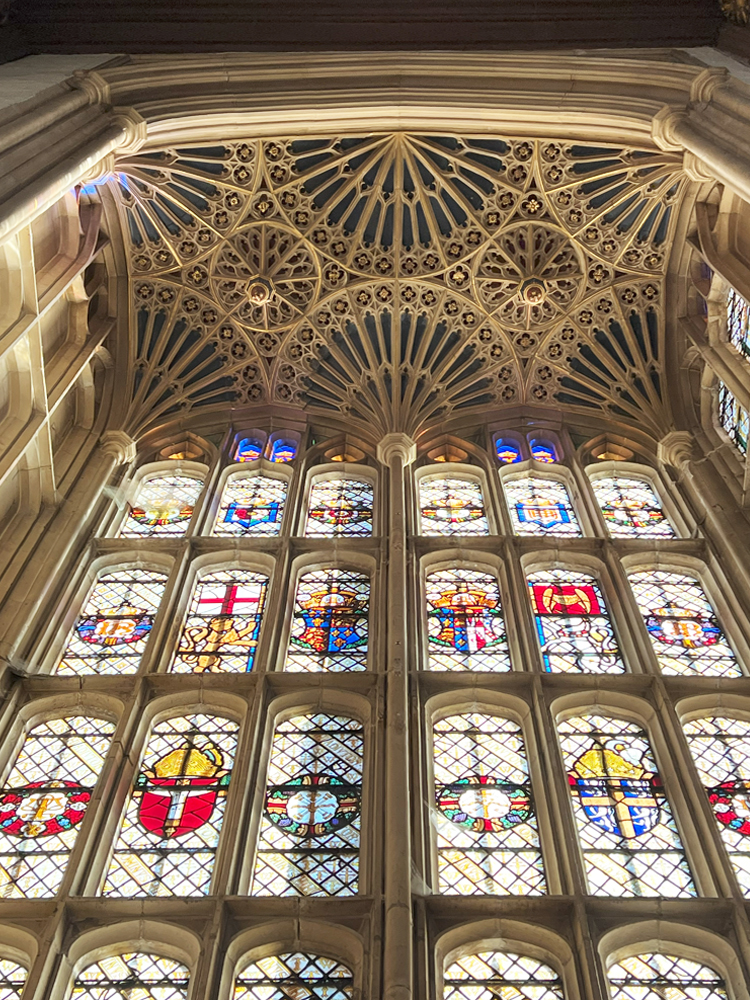
Shakespeare’s Hamlet and Macbeth were first performed here for King James I; he also organized the conference translating the King James Bible here.
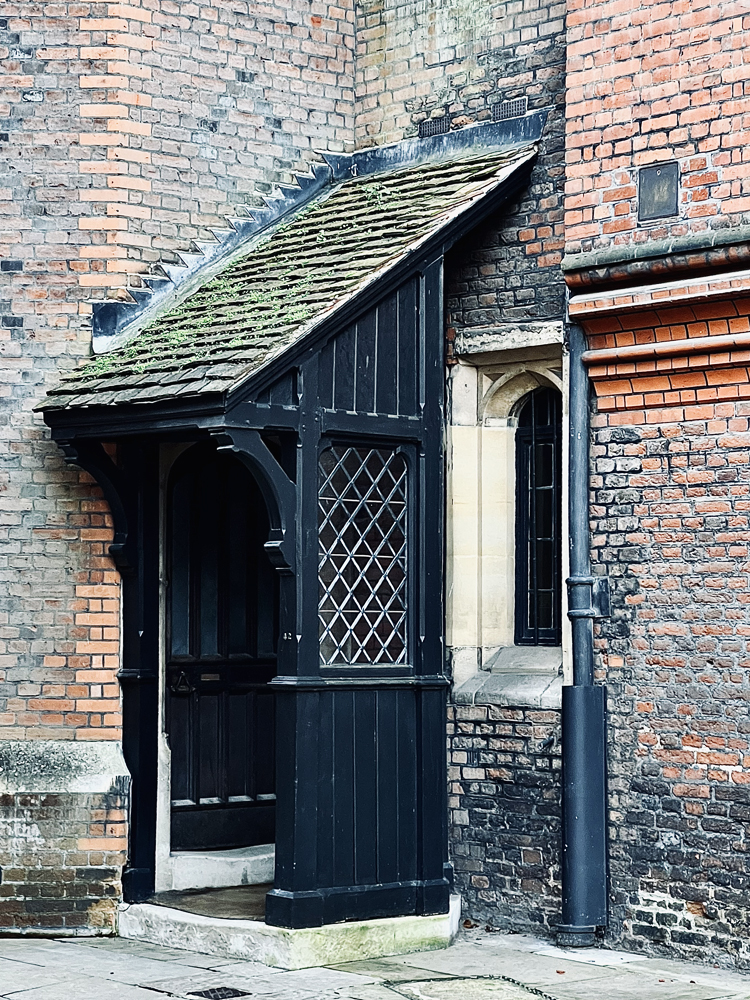
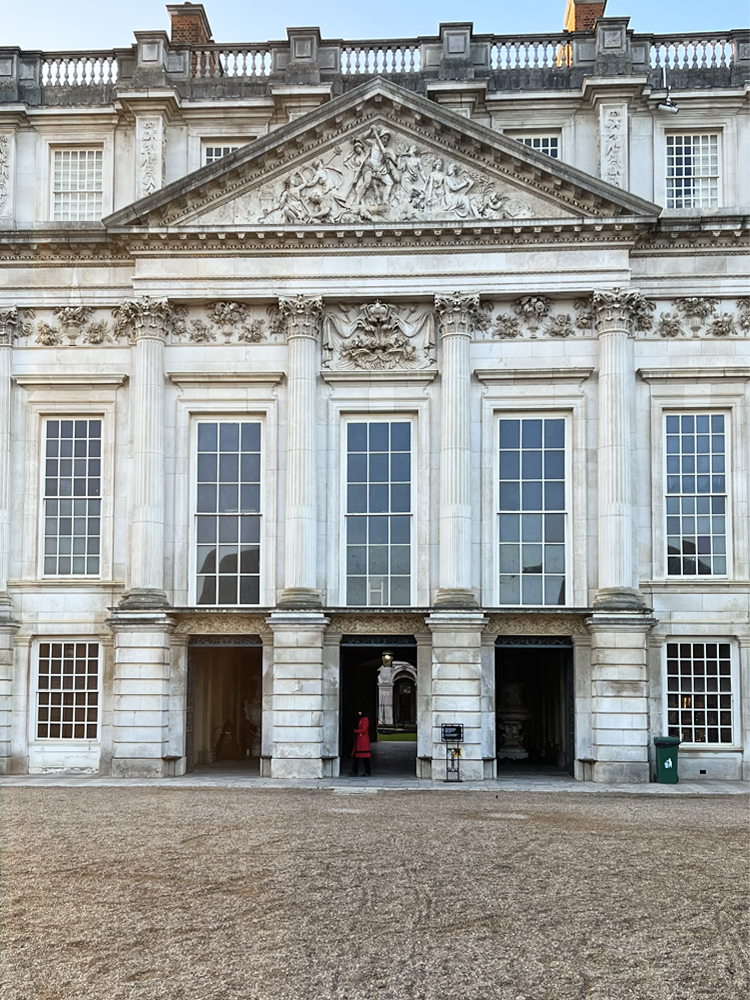
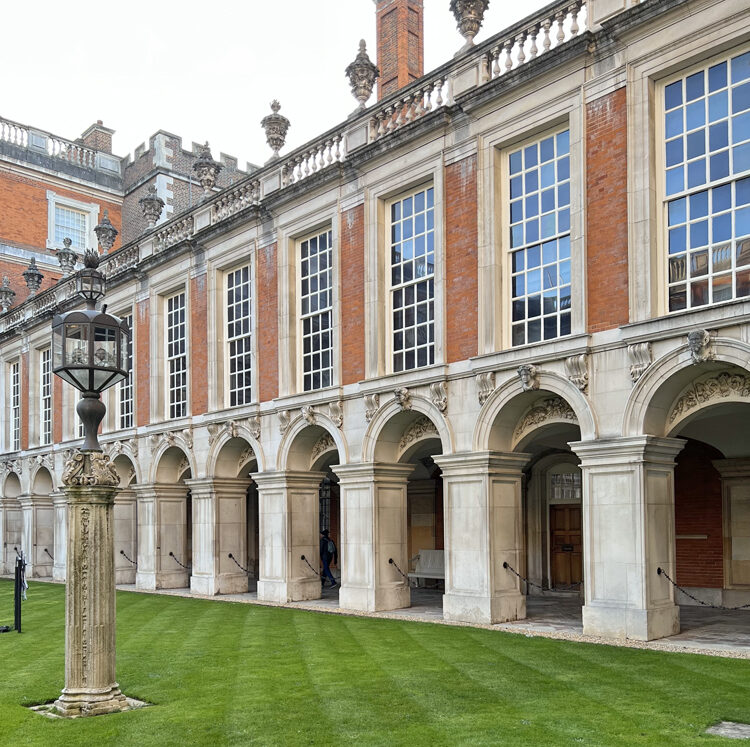
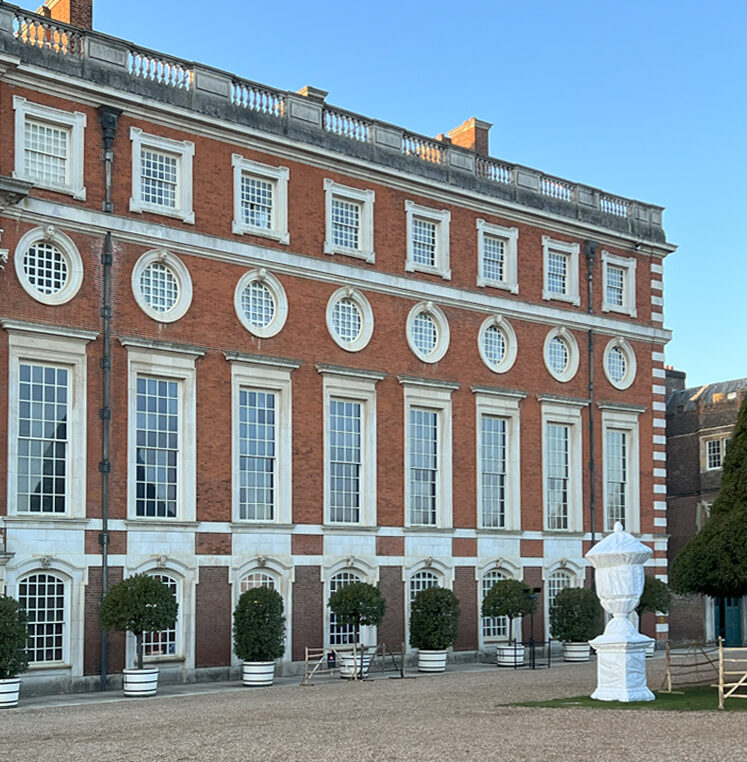
Vestiges of Tudor influence are embedded among a 17th century Baroque expansion by Christopher Wren that imposed regular courtyards, and an 18th century addition by William Kent that became the Cumberland Art gallery (with five centuries worth of masterpieces).
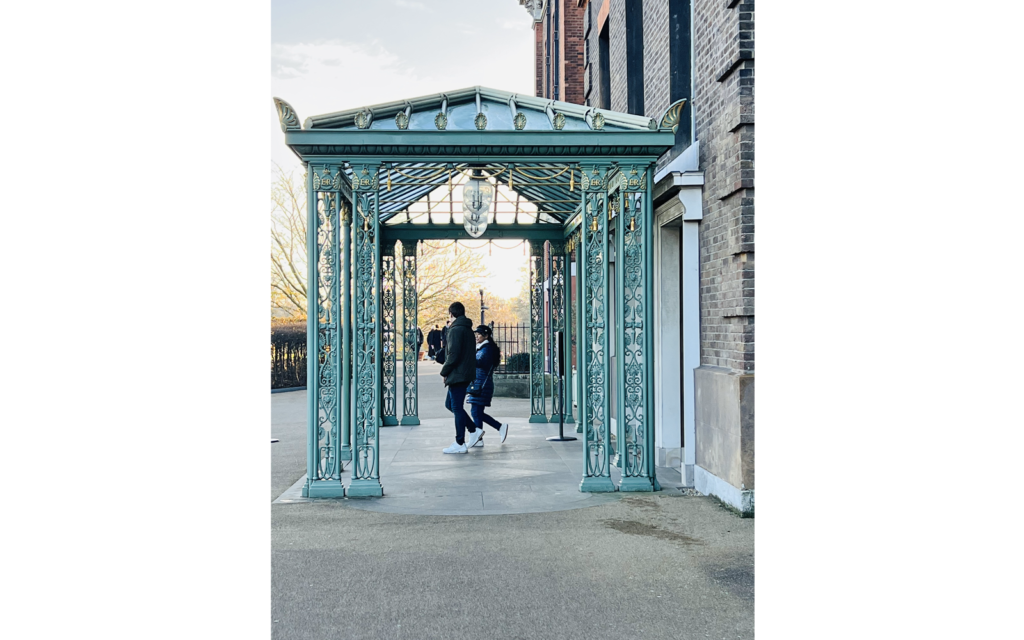
Wren also expanded Kensington Palace for William and Mary, where a contemporary Loggia addition by John Simpson marks Elizabeth II’s Diamond Jubilee.
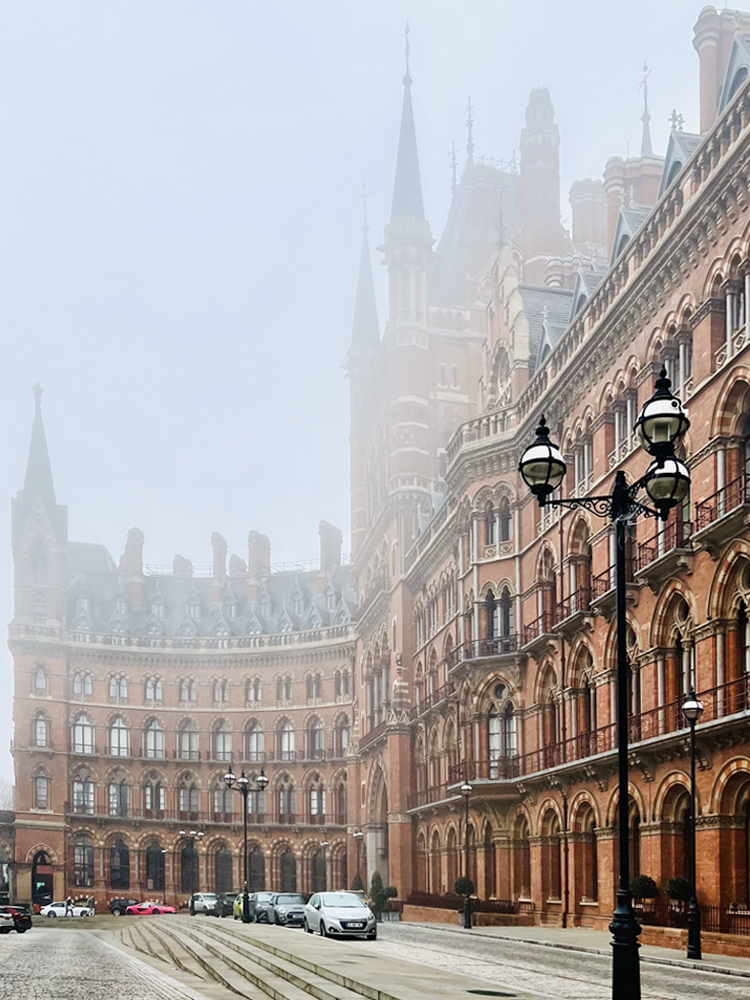
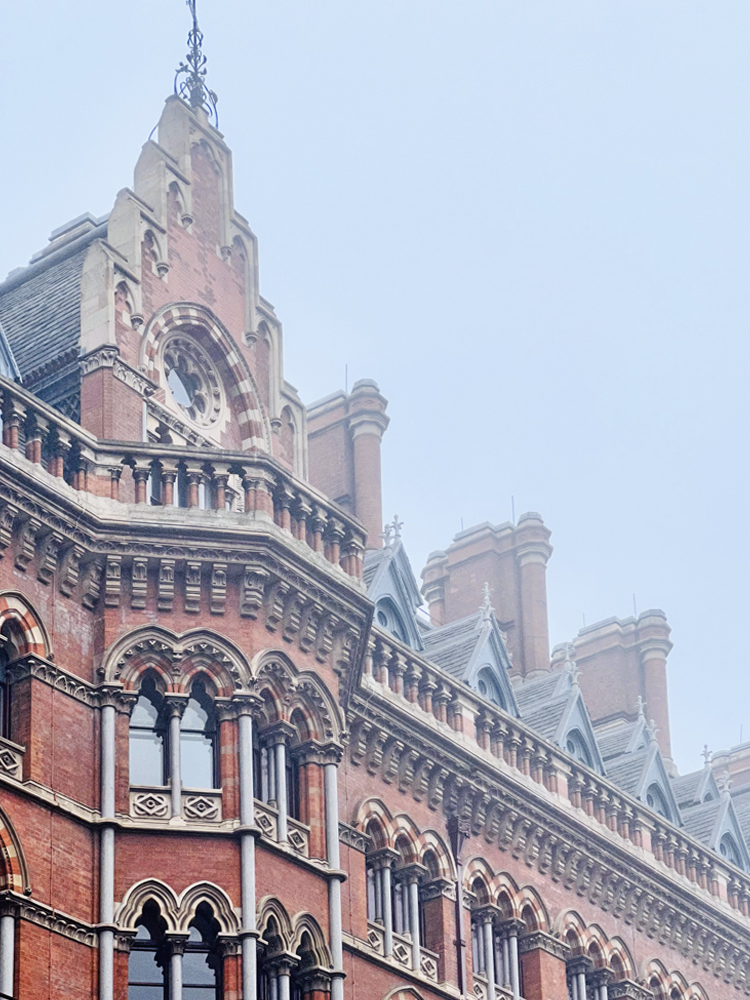
St. Pancras
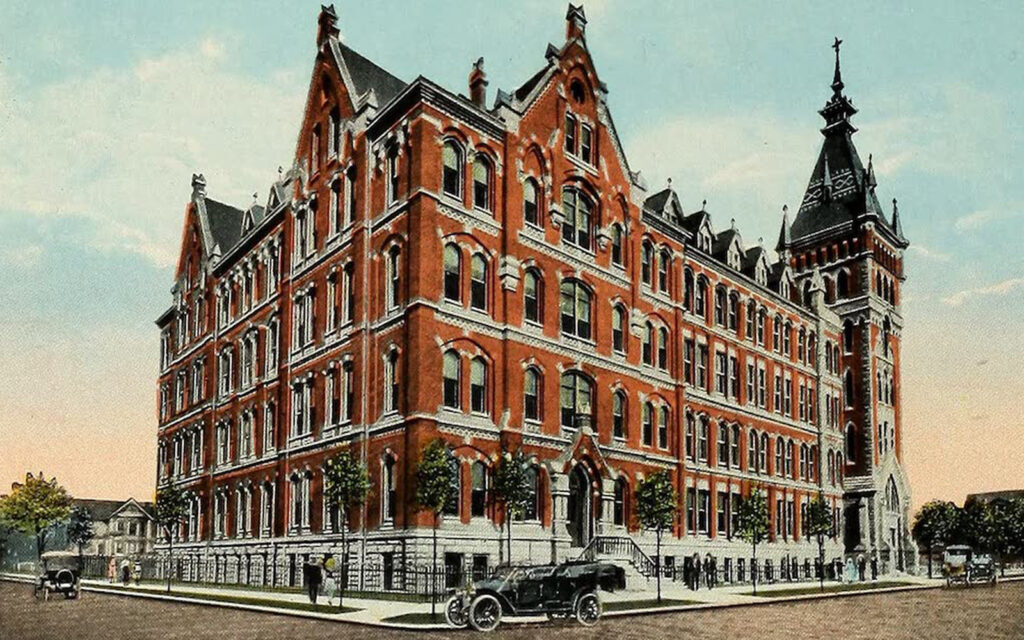
St. Ignatius College
I had the pleasure of staying at The Midland Grand Hotel (now known as St. Pancras, near King’s Cross) which was designed by George Gilbert Scott, in the manner of Hanoverian railway architecture, and completed in 1876. It was amazing to see the visual link to my own high school in Cleveland, OH, built as St. Ignatius College in 1891 by persecuted priests who had emigrated from Germany.
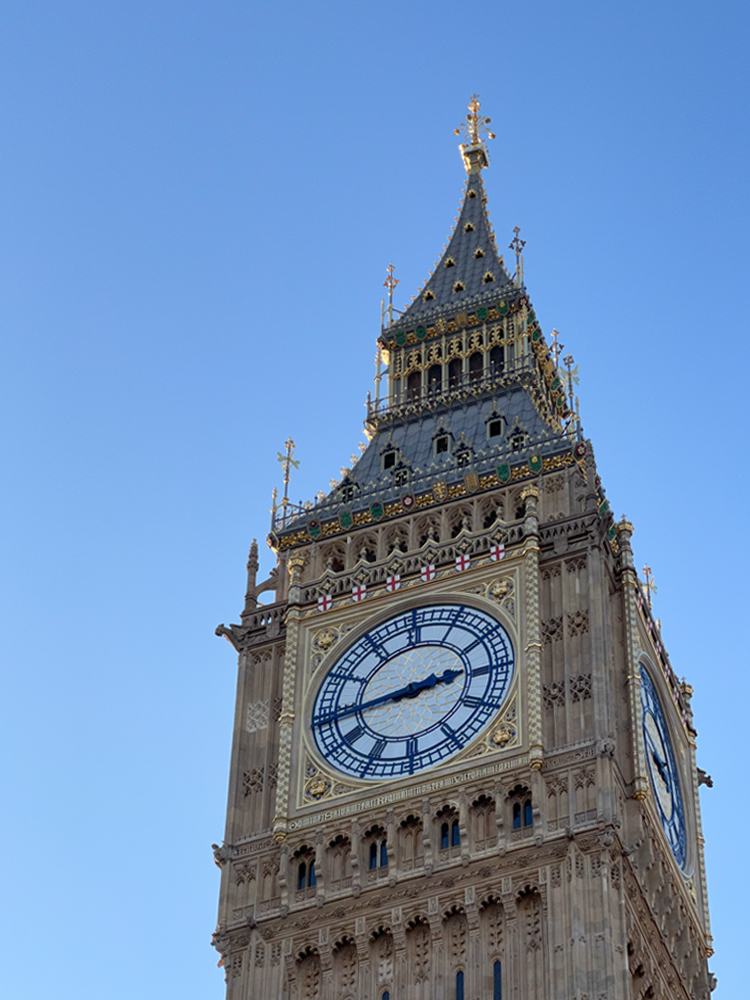
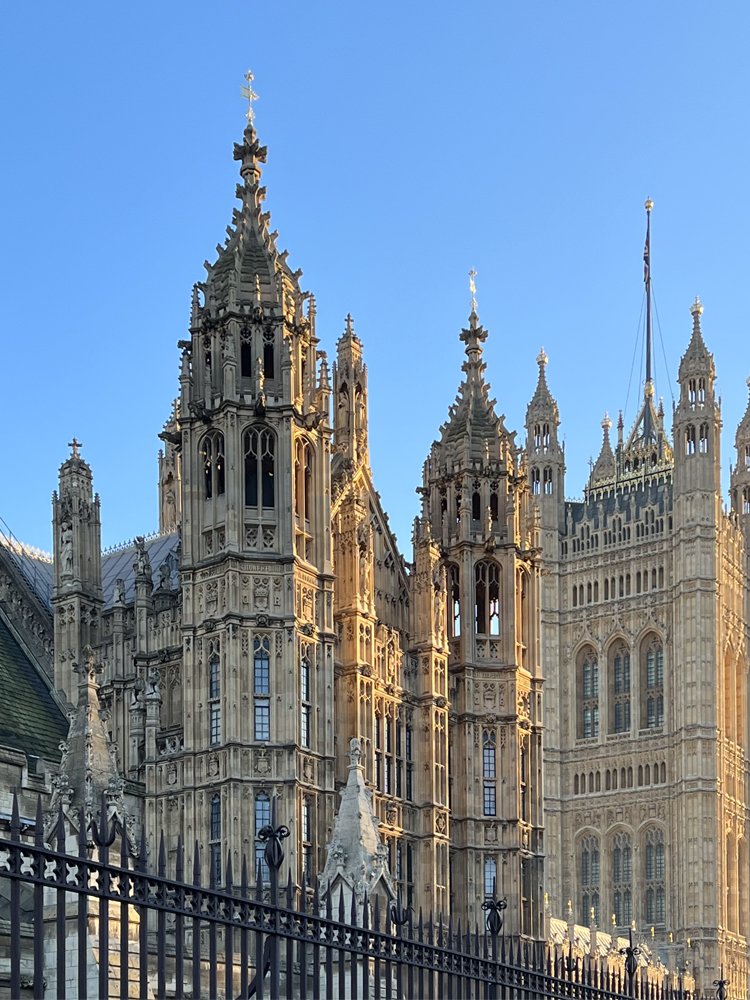
Scott’s contemporary, Augustus Pugin, expanded the Palace of Westminster (Parliament) by submitting designs through Charles Barry to avoid his own scorn as a religious convert. Pugin’s “pointed architecture” helped solidify the relatively new introduction of Gothic designs as emblems of governmental and collegiate campuses, on the foundations of classical language.
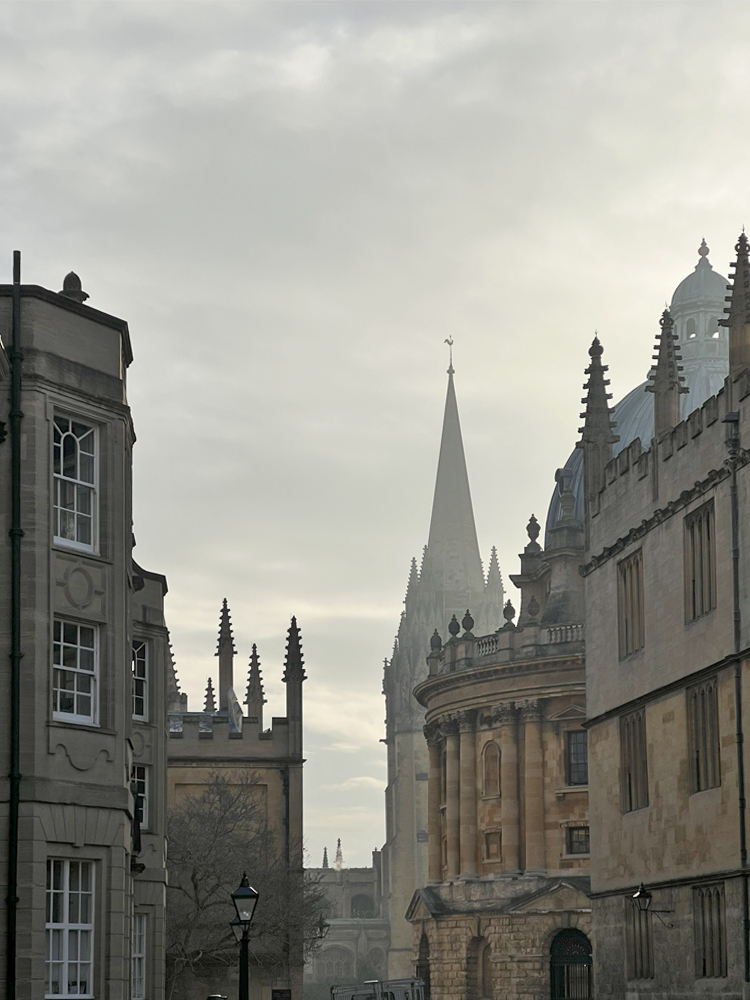
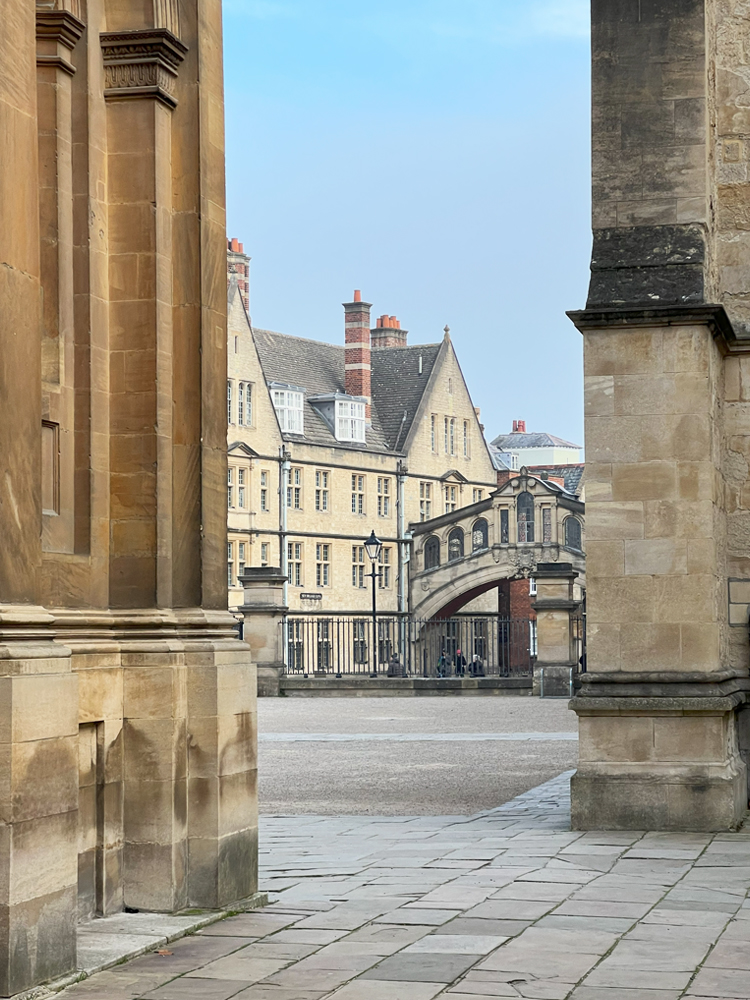
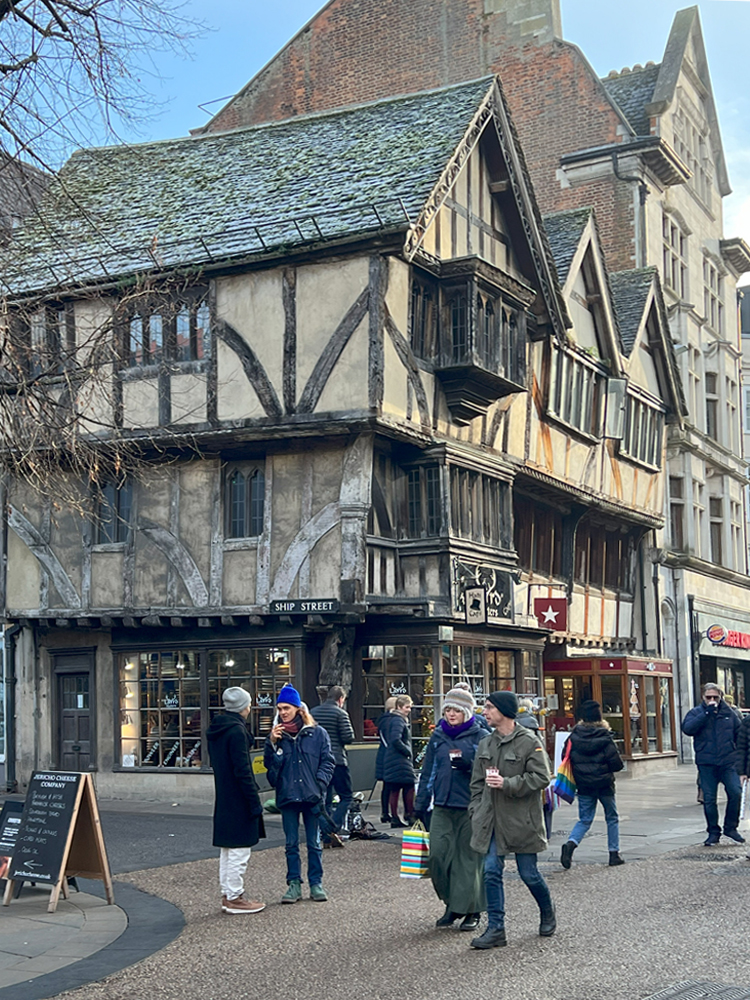
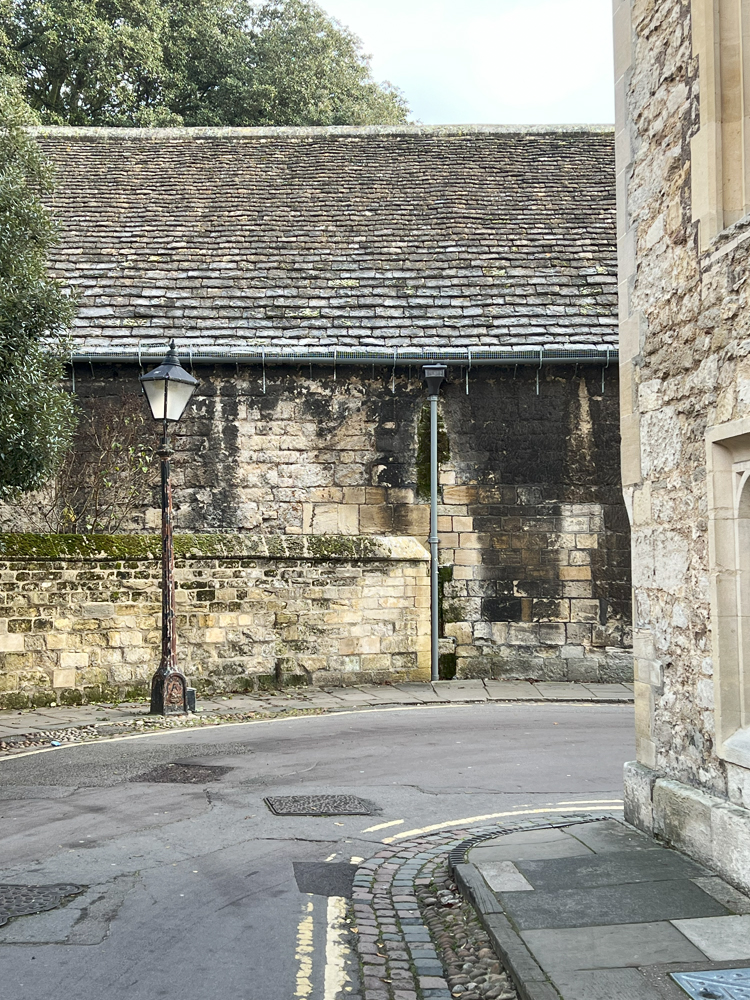
Though Pugin’s proposed gothic renovation to Balliol College, Oxford was not approved, the university as a whole is one such example of an already-changing blend of classical and gothic architecture. Oxford’s millennia of history and organizational system of colleges has led to an eclectic group of buildings, including a timber-framed inn from the 1300s.
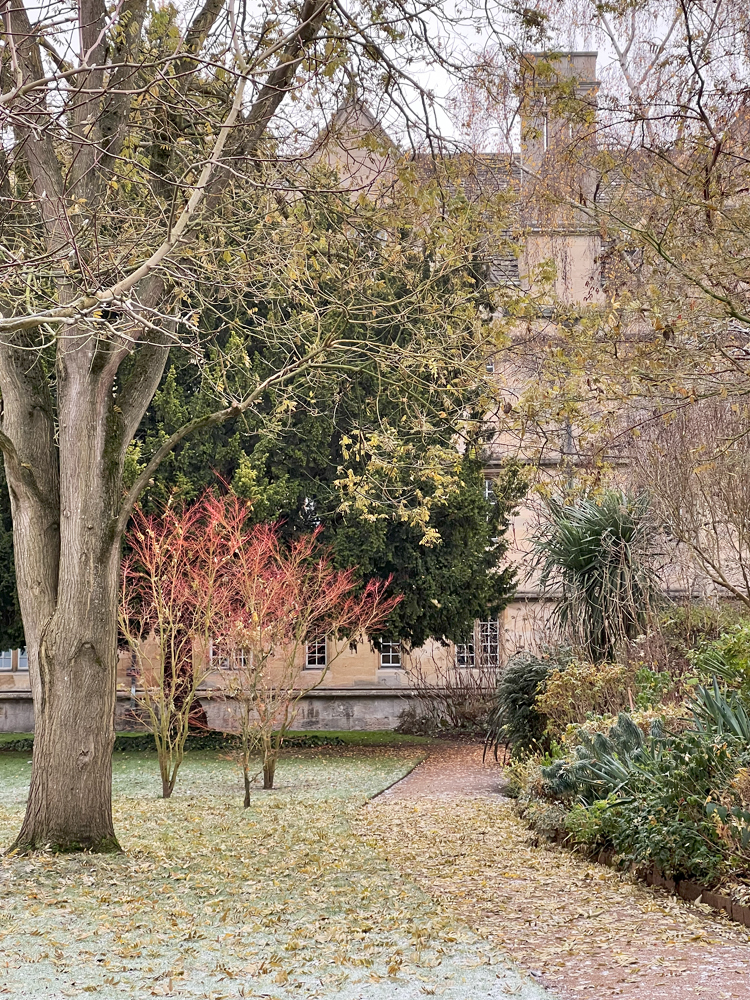
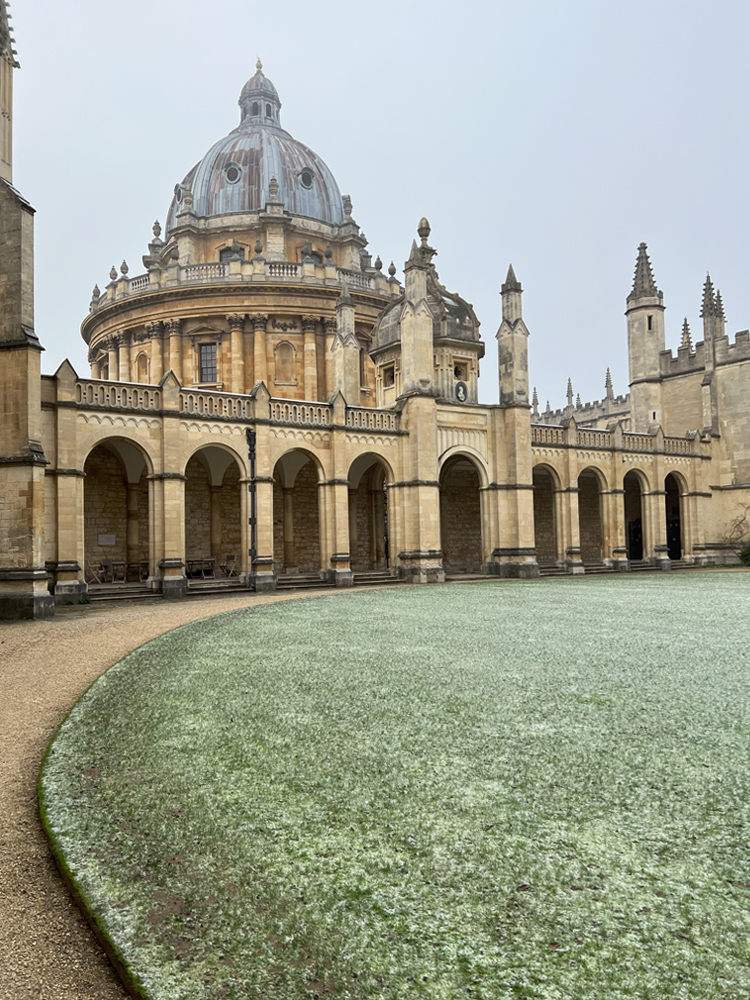
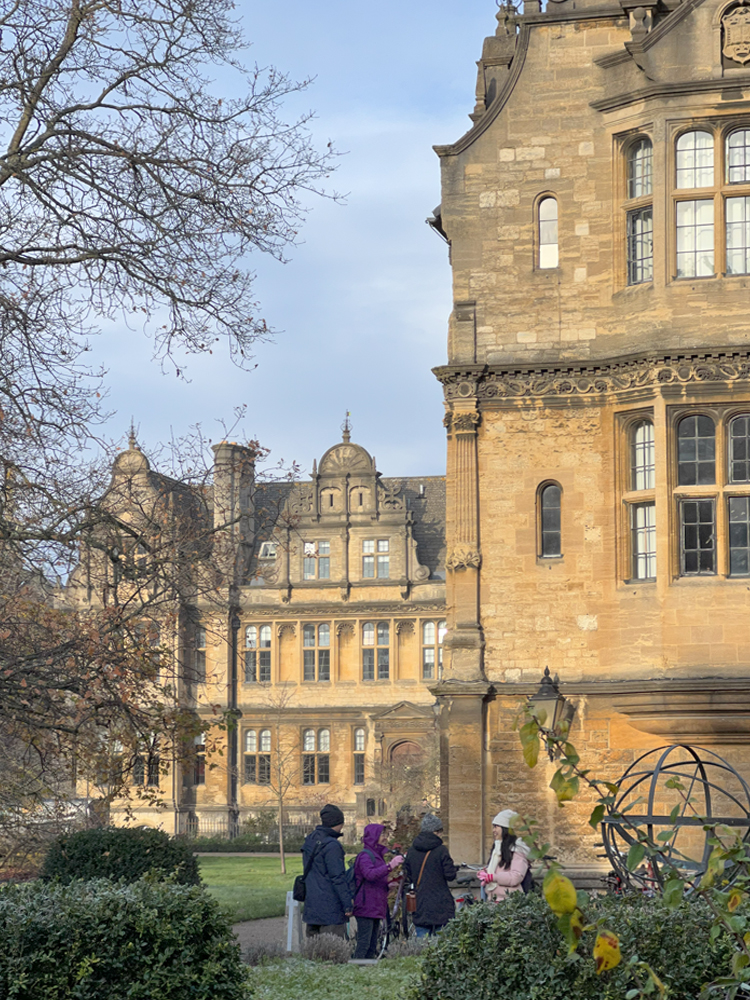
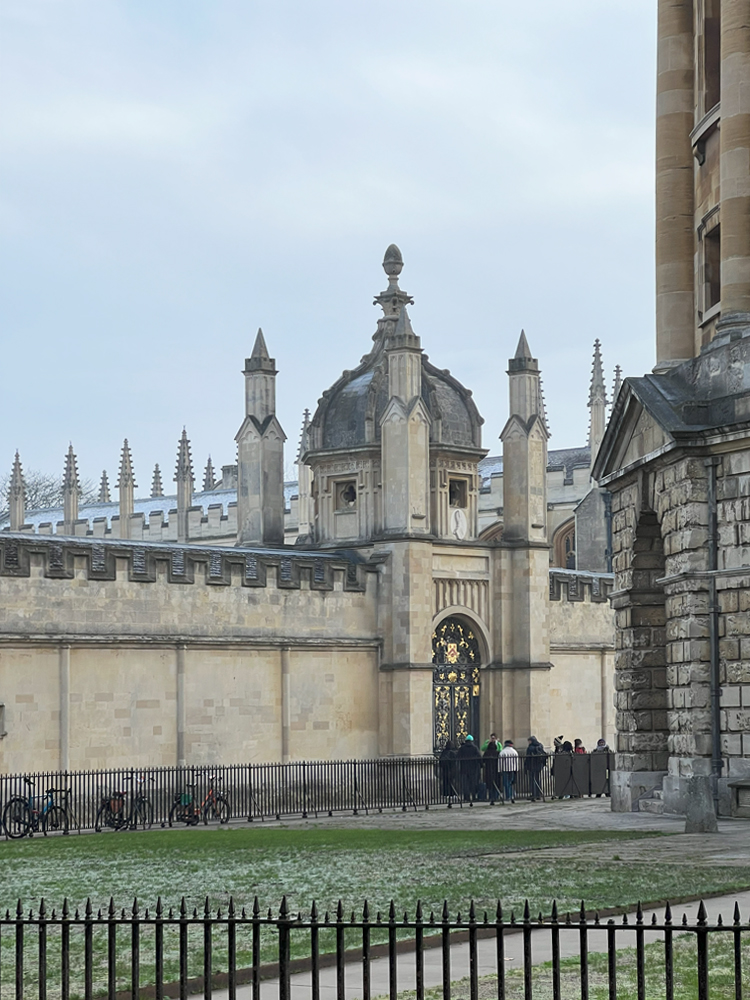
The 44 colleges act essentially as their own “state” with independent libraries, athletics, housing, and activities. Courtyards abound and are so serene that it was difficult to leave each one, especially when sheltering from rain in the humbler side courts.
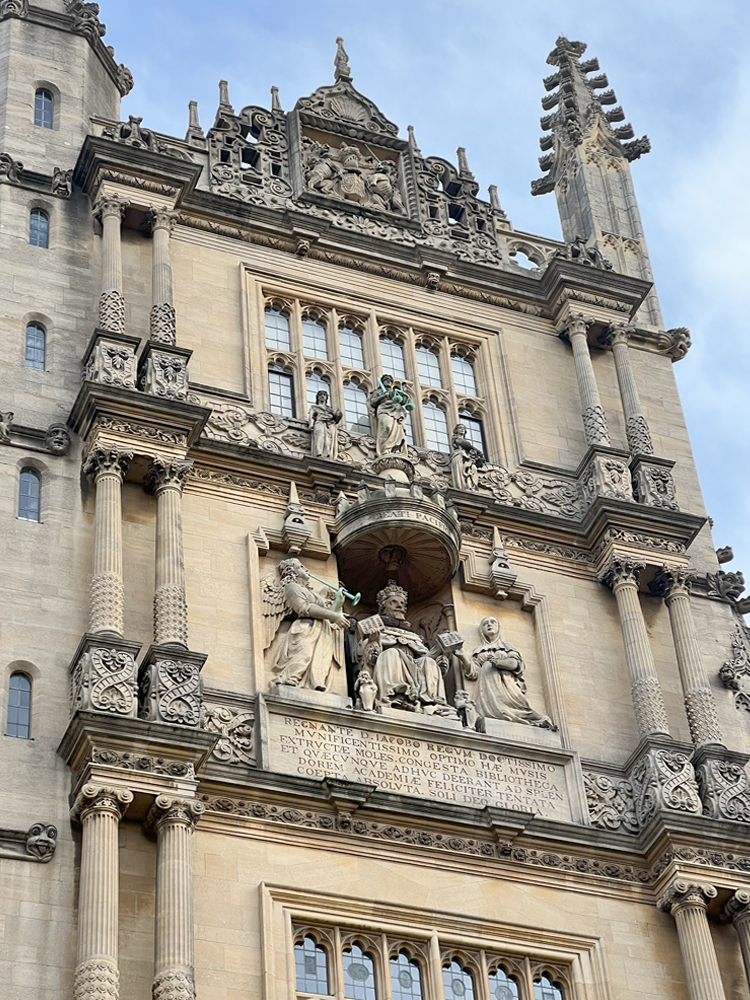
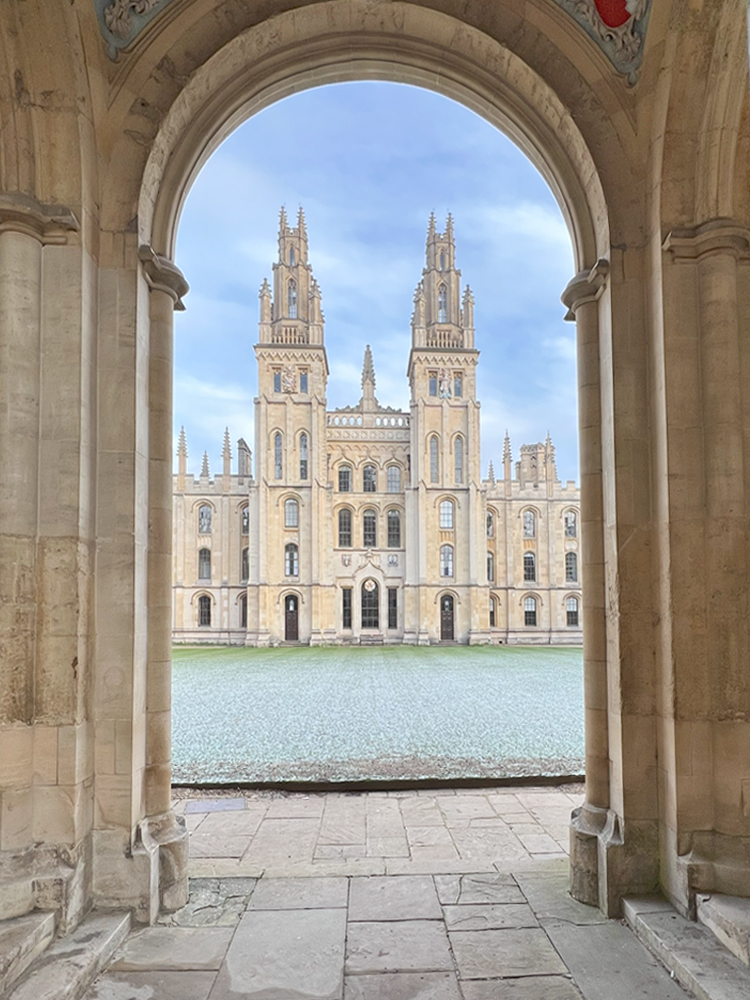
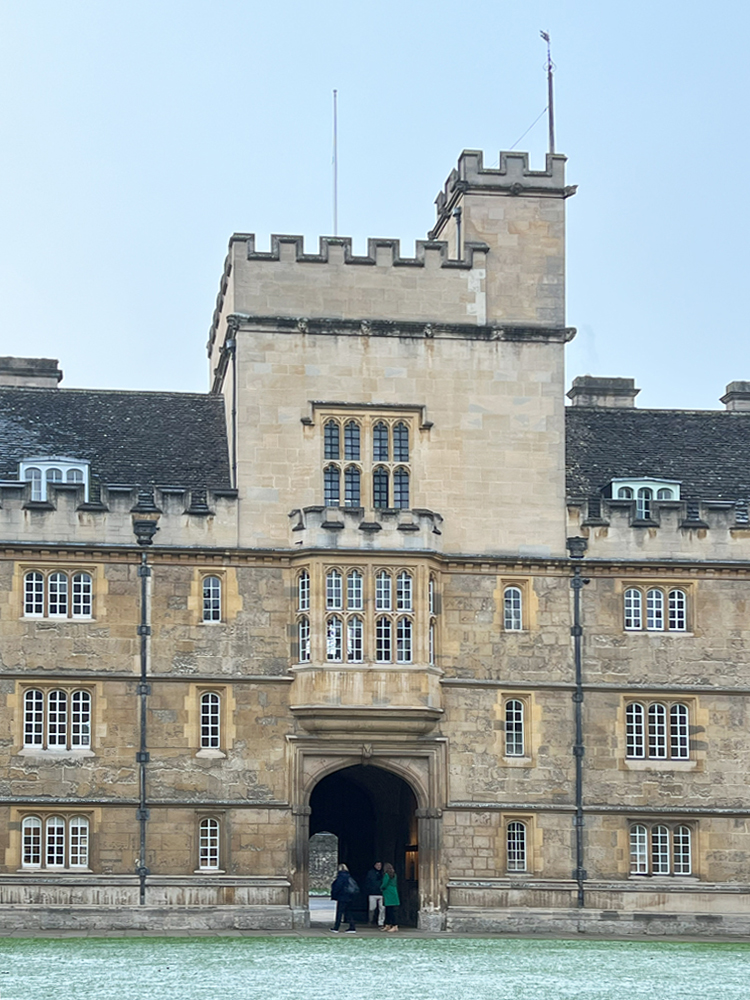
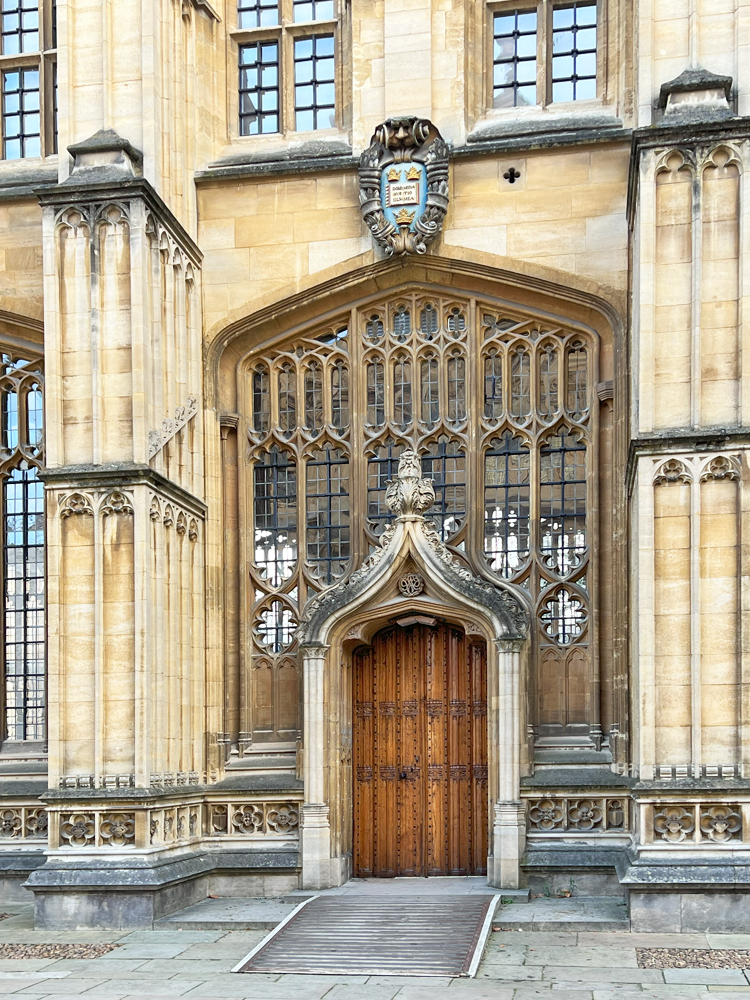
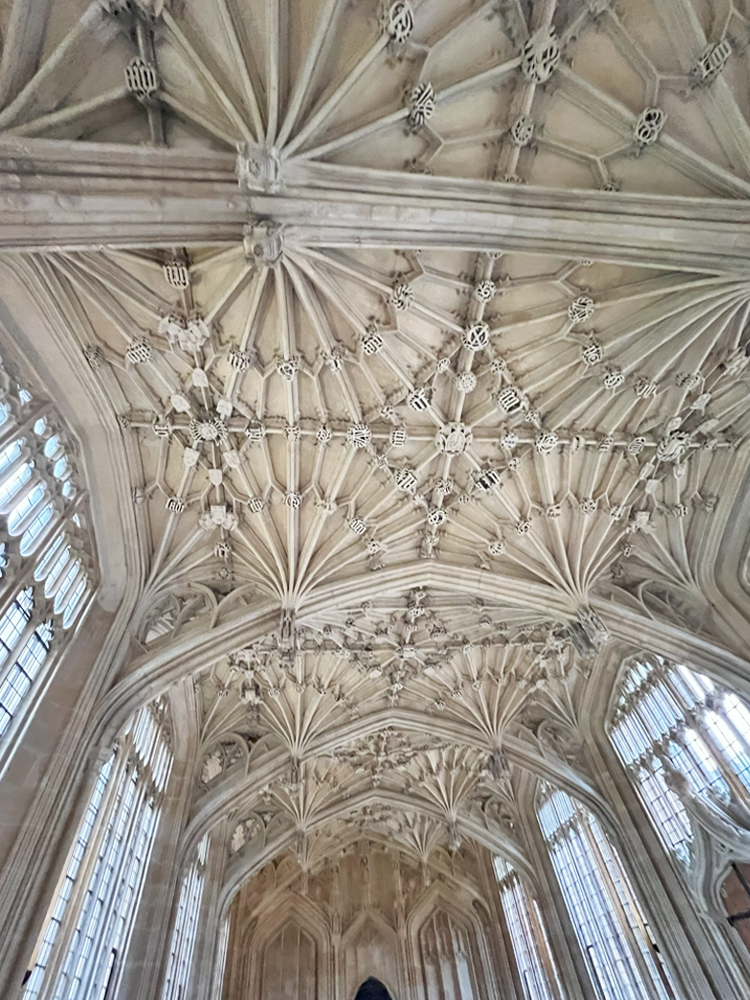
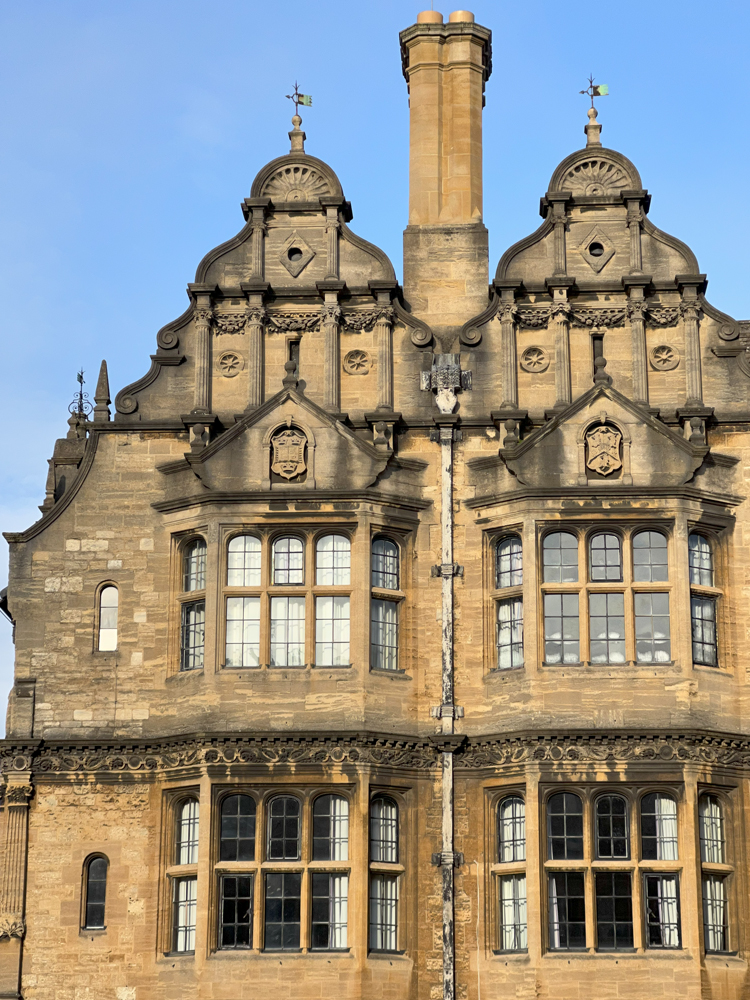
One appreciation I took from visiting Oxford is the variety found within traditional languages: influences from English Perpendicular, neo-Gothic, as well as Baroque and other classical motifs abound amid more Roman and Greek manners, creating one of the richest yet cohesive places I have ever had the pleasure of visiting. The complexity and textural quality of all the different buildings together reinforce a character that beckons learning and points to a higher purpose.
